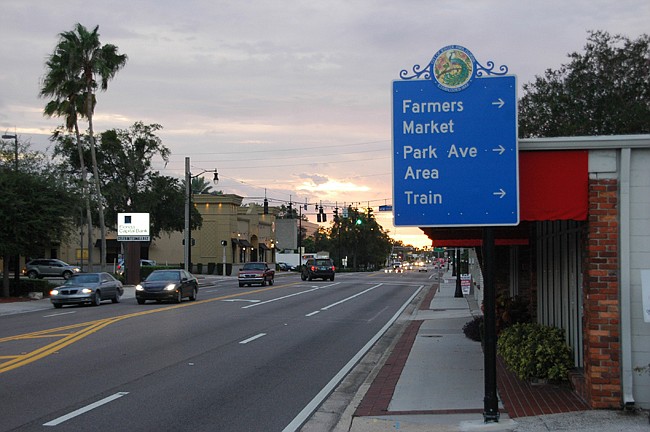- May 2, 2024
-
-
Loading

Loading

The Winter Park Economic Development Advisory Board discussed the true potential of the city’s major corridors during last month’s meeting on Sept. 17 – the beginnings of an attempt to revitalize the area following the recent recession.
Board members gave their thoughts on tackling the issue of urban sprawl, in the sense that the city isn’t using land to its full potential.
“One definition of sprawl is the inefficient use of land,” board member Steve Flanagan said. “We only have so much land in Winter Park, and we only have so much of that land in places that could add to the economic development of the city.”
“If it’s not used wisely and sustainably, then it’s a waste.”
Members of the board discussed a number of ways to bring in commercial development, including an incentive program to cover the cost of water and sewer for new businesses and loosening land use regulations.
Board chairman Marc Reicher said that redeveloping some older, larger properties along the city’s commercial corridors could reap a much greater value, even if it may upset local residents at first.
“When you have this visioning process, you don’t want to be more divided at the end of it, you want to be closer,” Reicher said. “You’re still going to have opinions and that’s what makes Winter Park really unique and cool, but I just think there’s areas we can talk about on all of these corridors.”
An economic development report presented at the Sept. 9 City Commission work session showed that the city continues to struggle to regain jobs and lower the unemployment rate. As of August 2012, 7.4 percent of Winter Park residents were unemployed – just 1.7 percent lower than the 9.1 percent unemployment rate peaking in late 2009.
The number of residents living below the poverty line also spiked by 4 percent during the recession, topping off at 12.5 percent of the city population.
The report attributed these ongoing problems to a lack of consensus on a community vision, a conflict between growth and preservation and not having clear enough long-term economic development goals.
In response to the study, the Economic Development Advisory Board plans to launch a series of studies on the city’s five commercial corridors: Denning Drive, Fairbanks Avenue, Aloma Avenue, Lee Road and U.S. Highway 17-92.
The board decided that a study will be conducted on U.S. 17-92 to search for properties that could see future growth, while Fairbanks Avenue will be studied and analyzed to get a better picture of what it will look like completely built out.
Members of the advisory board recognized how crucial the corridors are to the economic development of the city. Winter Park’s Planning and Community Development Director Dori Stone threw out the idea of getting a general consensus from residents on the issues at hand.
“I think the visioning process that I see is taking ourselves physically out into the community and going to schools, community centers and neighborhoods and really doing almost like a census type of visioning response,” Stone said.
Flanagan remained confident that everything would fall into place as long as the board focused on the city’s development.
“A philosopher said that if you don’t know where you’re going, any road will do,” Flanagan said
“Where I think we ought to be going is figuring out — in the context of efficient development — what is the optimal development for the city of Winter Park.”
Stone and the board plan to discuss the corridors further in-depth during their next meeting on Oct. 15.